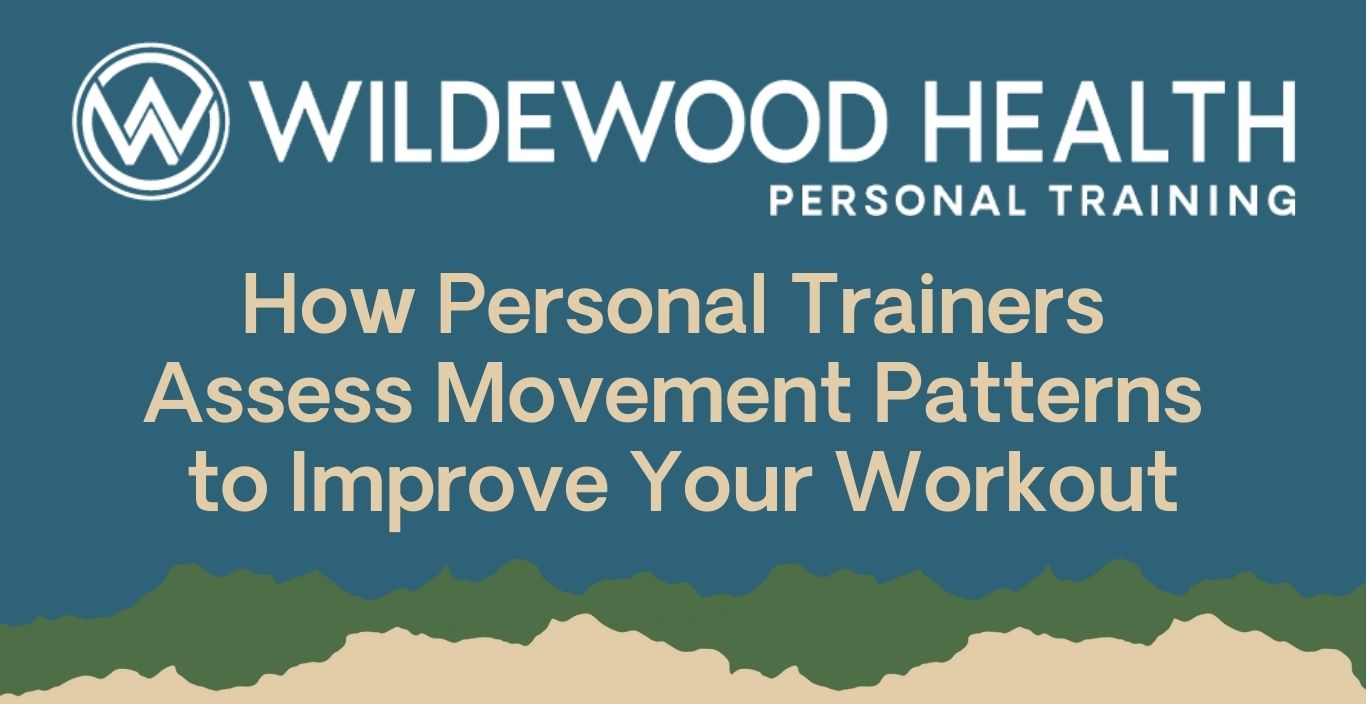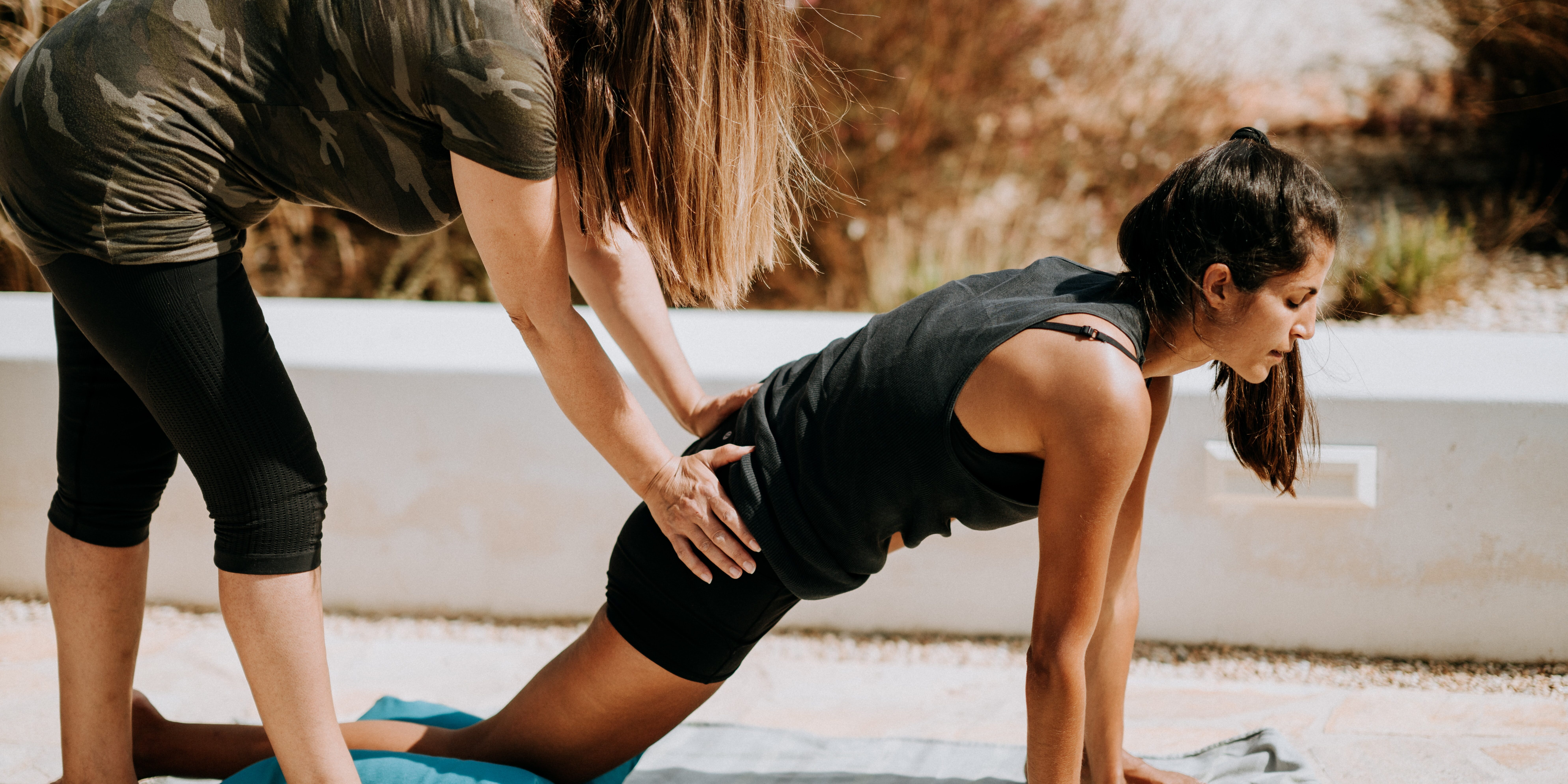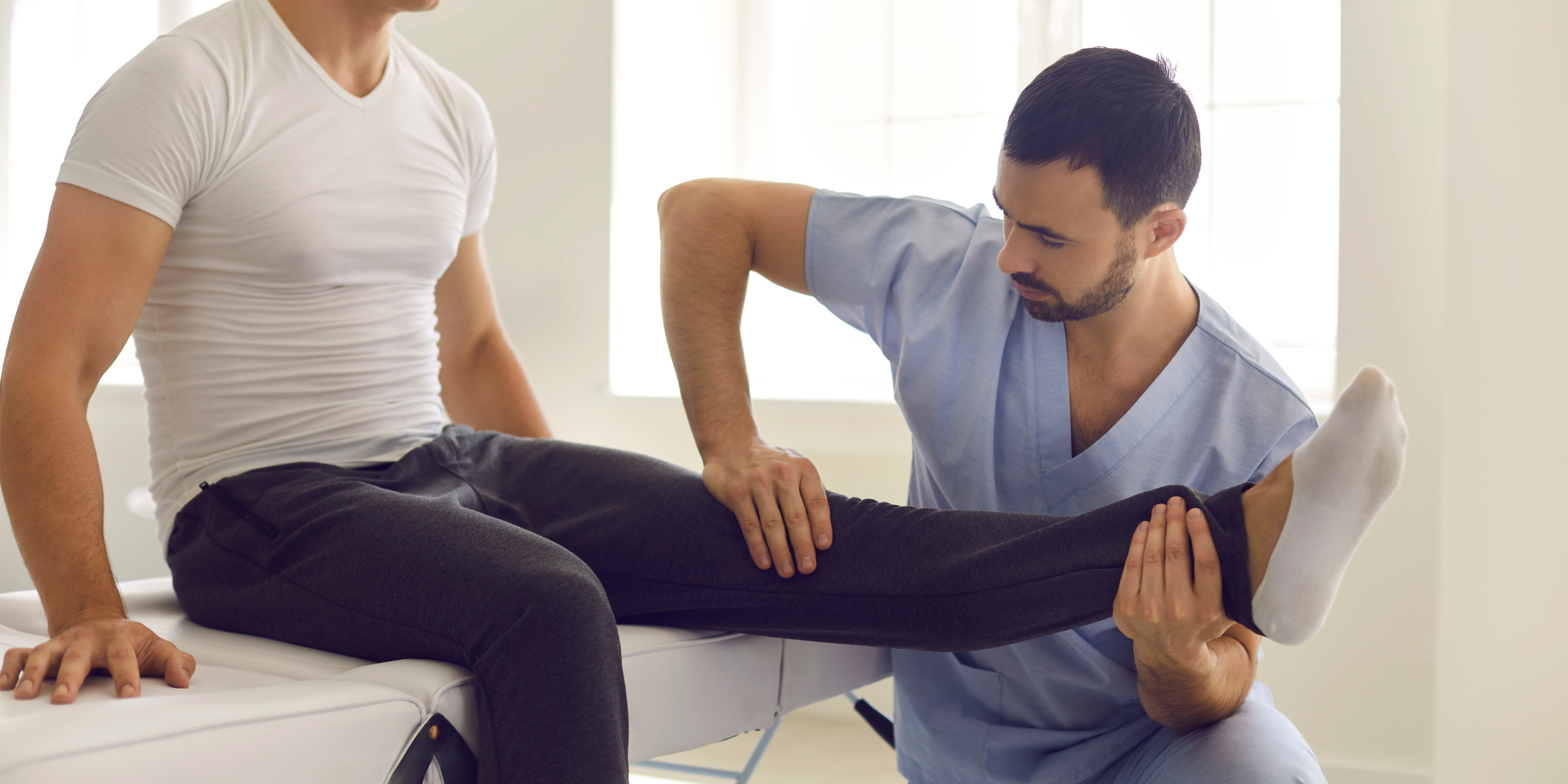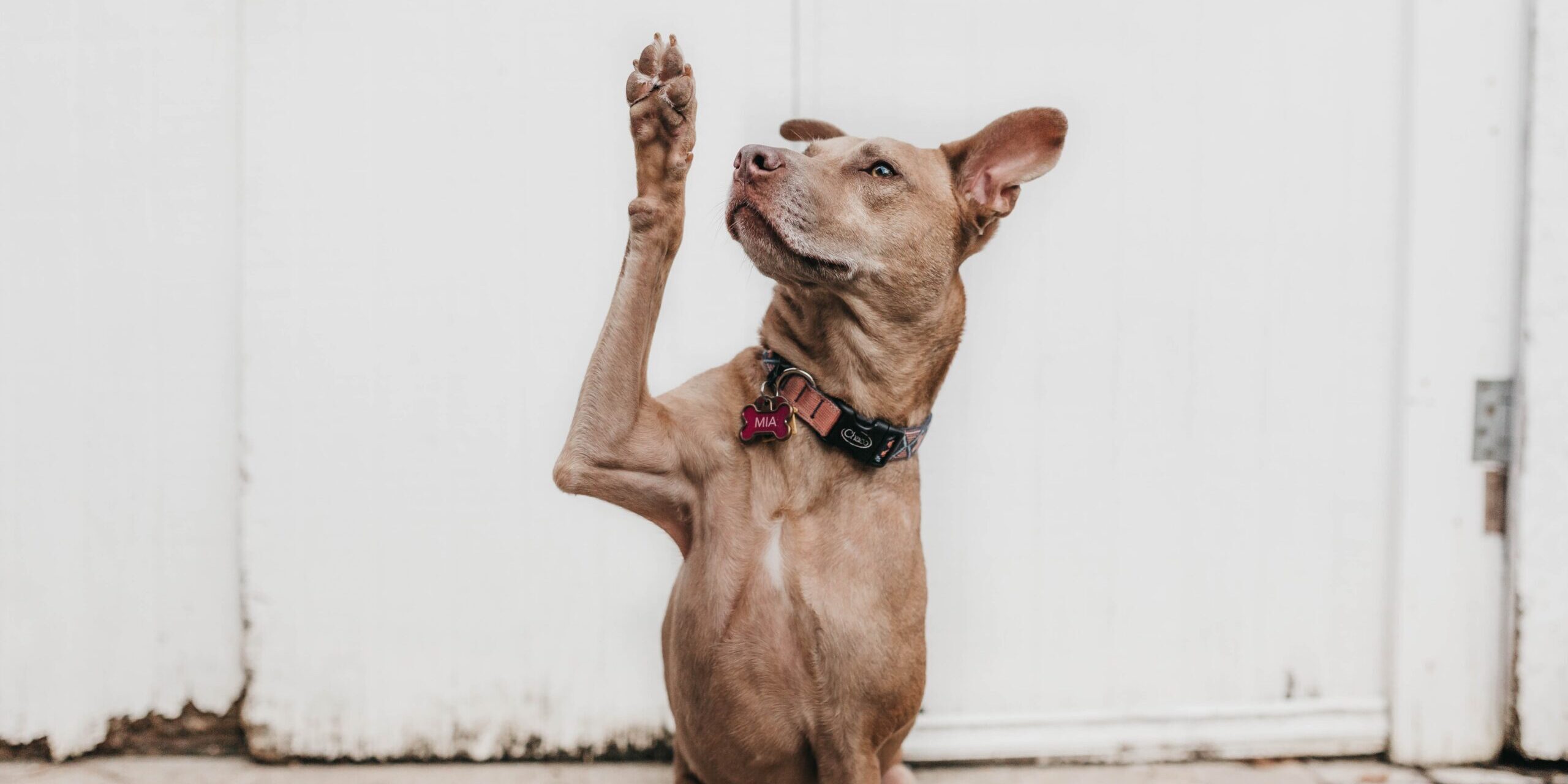When it comes to fitness, it’s easy to focus on the obvious—reps, weights, and workout plans. But there’s a crucial layer that often gets overlooked: how you move. And that’s where a skilled personal trainer comes in.
By assessing your movement patterns, a trainer can tailor your workouts to be safer, more effective, and better aligned with your goals. Here’s how it works—and why it matters.
What Are Movement Patterns?
Movement patterns are the fundamental ways our bodies move to perform everyday and athletic tasks. These include:
- Squat
- Hinge
- Lunge
- Push
- Pull
- Rotate
- Gait (walking/running)
Each person moves a little differently due to lifestyle, injuries, mobility, or strength imbalances—and those differences show up in your workouts.
Why Assess Movement?
Movement assessments help personal trainers identify:
- Muscle imbalances (e.g., overactive quads, underactive glutes)
- Mobility limitations (e.g., tight hips, limited ankle range)
- Compensation patterns (e.g., arching your back during overhead lifts)
- Risk of injury
- Postural habits that affect performance
The goal isn’t perfection—it’s to understand your baseline so your trainer can meet you where you are and build you up safely.
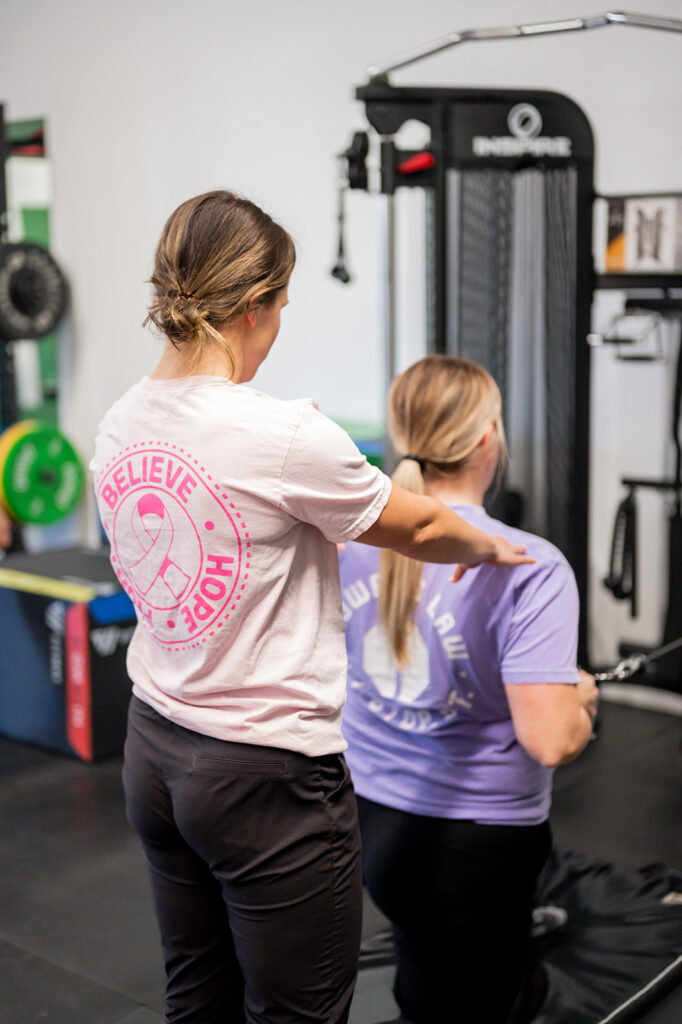
Common Assessment Tools Trainers Use
Most trainers use a combination of observation and simple physical tests. These might include:
- Overhead squat test – to assess posture, ankle/knee/hip mobility, and core stability
- Hip hinge assessment – to check hamstring mobility and glute activation
- Shoulder mobility tests – to catch limitations that could affect presses or pulls
- Single-leg balance or lunge – to test stability, knee tracking, and control
- Gait analysis – for runners or those returning from injury
How It Improves Your Workout
Once a trainer understands your movement patterns, they can design a smarter, more personalized plan. Here’s how:
- Better Exercise Selection. They’ll choose movements that suit your body and avoid exercises that might aggravate limitations or old injuries.
- Focused Mobility and Activation Work. You’ll spend time improving weak points—like opening up tight hips or activating sleepy glutes—so your main lifts feel better and safer.
- Better Lifting Mechanics. With improved form and control, you’ll lift more effectively and progress faster—with less risk of injury.
- Long-Term Gains. You’ll build strength on a solid foundation instead of pushing through dysfunction, which means better long-term results.
Final Thoughts
You don’t have to move perfectly to get started—but starting with an assessment sets you up for success.
If you’re working with a personal trainer, don’t be surprised if they ask you to squat, hinge, or reach overhead before jumping into a workout. That’s not just “warm-up”—it’s smart, strategic coaching.
Because the more they understand how you move, the more they can help you move better—and that’s where real, lasting results begin.



